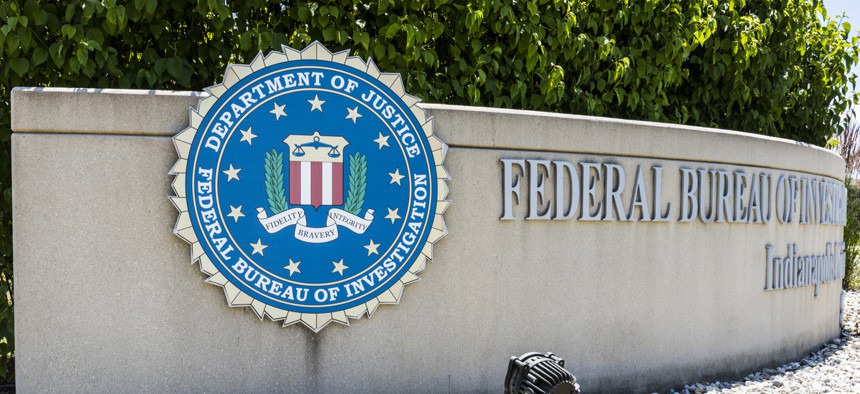To Secure Critical State Networks, It’s Time to Follow the Lead of Military and Intel Agencies

Outside the Federal Bureau of Investigation Indianapolis division. Shutterstock

Connecting state and local government leaders
As governments connect more infrastructure and data every day, John Minasyan of Belkin International makes the argument for more disconnection.
By now, it should be no surprise that state and local government agencies are wide open to cyber breaches and attacks. According to the Security Scorecard 2016 US Government Cybersecurity Report, “[w]hen compared to the cybersecurity performance of 17 other major industries, government organizations ranked at the bottom of all major performers, coming in below information services, financial services, transportation and healthcare.”
It’s been this way for far too long and the pace of change in tightening defenses at the state level is far too slow. But just three straightforward steps can help agencies better prepare for inevitable cyberattacks:
- Conduct a thorough review of the agency’s cybersecurity defenses.
- Consider physically isolate the most sensitive agency networks and data.
- Enact meaningful regulatory guidelines and policies to ensure strict compliance.
Follow the Leaders
As part of a broader cybersecurity defense strategy, Federal intelligence and military agencies such as the CIA, NSA, FBI, and Defense Department also physically isolate their networks and network assets, ensuring that the most mission-critical data is never exposed to the public internet and only accessible to those with tightly controlled permission. The air-gap network ensures that advanced signaling attacks that may compromise a desktop have no way of propagating to more sensitive systems as there simply is no route from one network to the other. Further, to protect against internal theft or maleficence, these agencies also filter or block exposed USB ports on servers and desktop computers to ensure the data integrity is never compromised.
It’s time for state and local governments to follow the lead of these federal agencies and adding air-gap network isolation to their cybersecurity strategy. The NSA’s NIAP Protection Profile version 3.0 provides certification for products that have been vetted and found to conform to the strictest level of air-gap network isolation.
Cost vs. Benefit: More Than Dollars and Cents
If that seems like overkill for many agencies and networks, it just may be. This level of security may not be necessary on every network and all data. But some, such as public safety, public transportation, and critical infrastructure absolutely must enact physical network segmentation and isolation practices, as the most fail-safe level of defense possible. Just like our military and intelligence agencies have discovered, traditional cybersecurity measures may not be enough to keep a determined adversary out. Our only failsafe approach to ensure that the most sensitive cyber assets are never compromised is to isolate them from the public internet and any intranet with public exposure.
However, there is no sugar-coating it: physical segmentation of networks is costly and often inefficient. Still, one only has to imagine the horror and disruption that could be caused, for instance, by attacking a public transportation network at the same time as disabling first responder networks.
States and localities must conduct in-depth cost-benefit analyses to determine which networks should be physically isolated, taking into account more than just current budgetary dollars and cents, but the cost in lives and economic impact an attack on critical systems would have.
Regulations. With Teeth.
Yes, the idea of physically segmenting networks is not new. And it’s true that there’s a long list of regulations including those in government, energy, and finance. But most of these regulations simply don’t have the “teeth” needed to enforce best practices. They allude to the need to logically segment data and systems. Many offer mere guidelines and others allow room for minimum levels of interpretation. None have the clout and mechanisms needed ensure the level of compliance necessary to guarantee that an attack will not succeed. Enacting updated cyber regulations for critical networks at the state and local level must be a priority for politicians as well as the businesses and citizens that rely on these networks. It’s clear that describes all of us.
John Minasyan is the director of product management for Belkin International’s KVM business unit.

NEXT STORY: Fighting veteran addiction and suicide with better software




